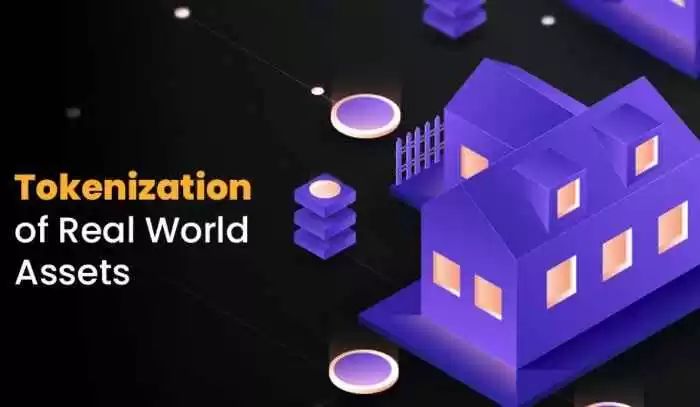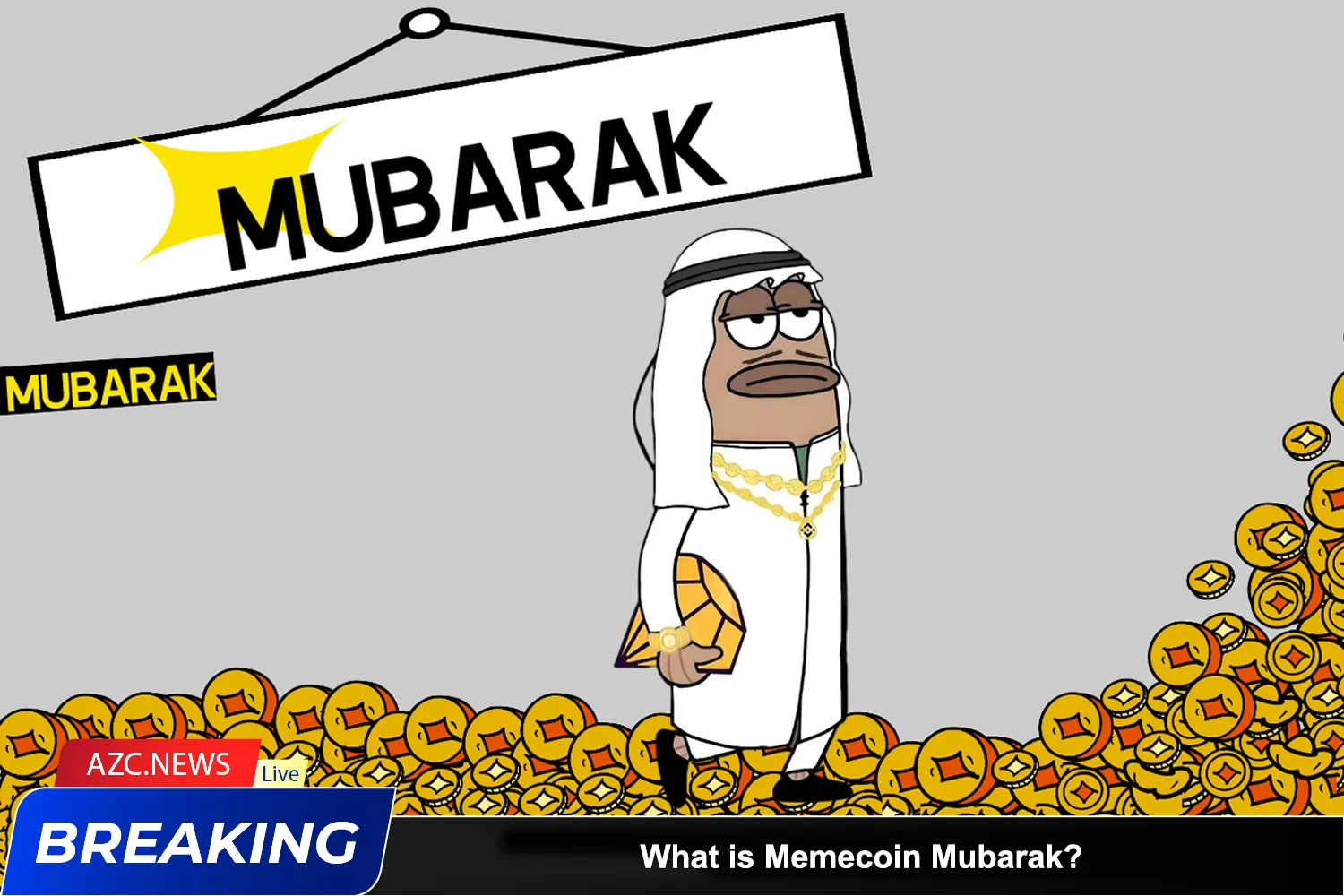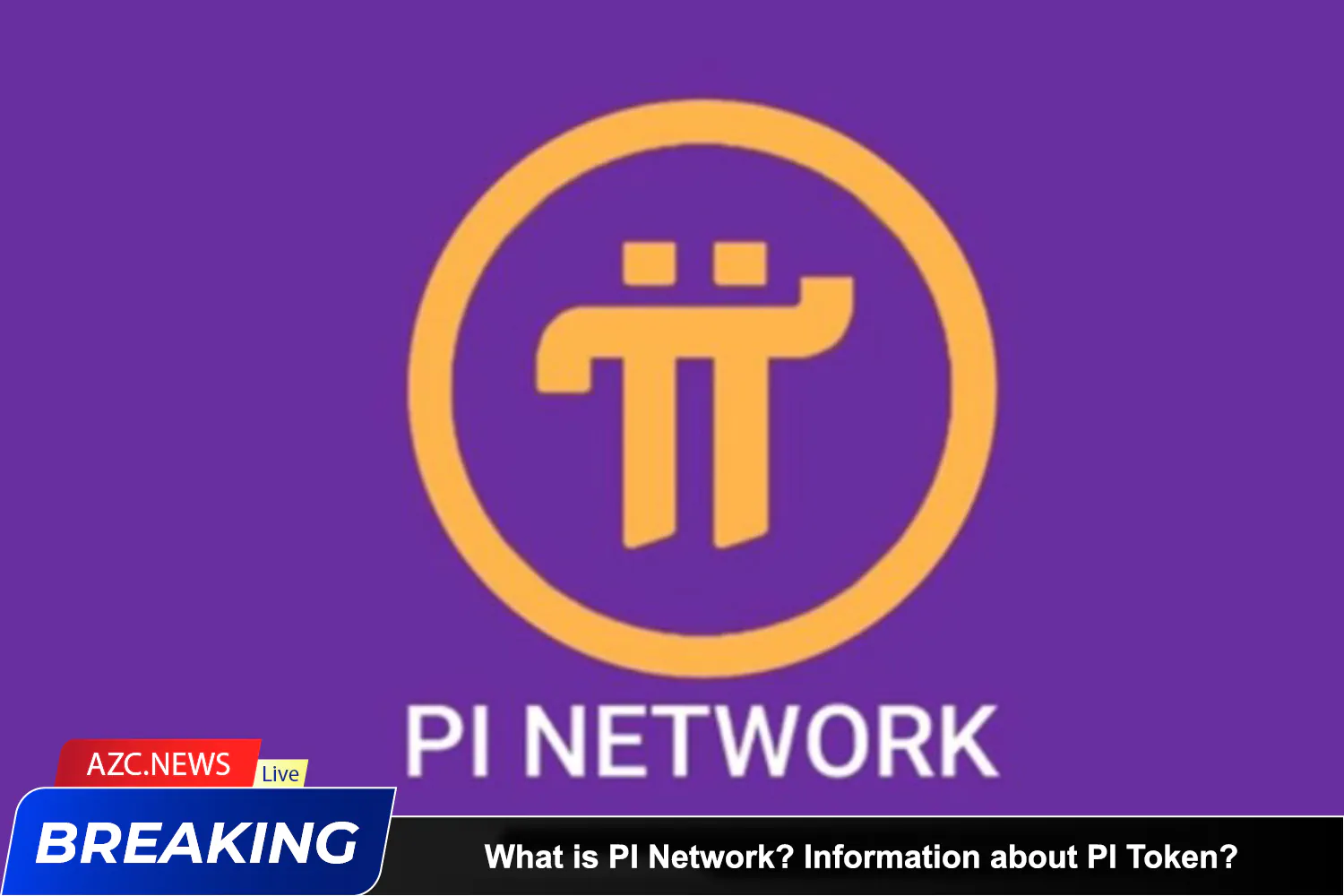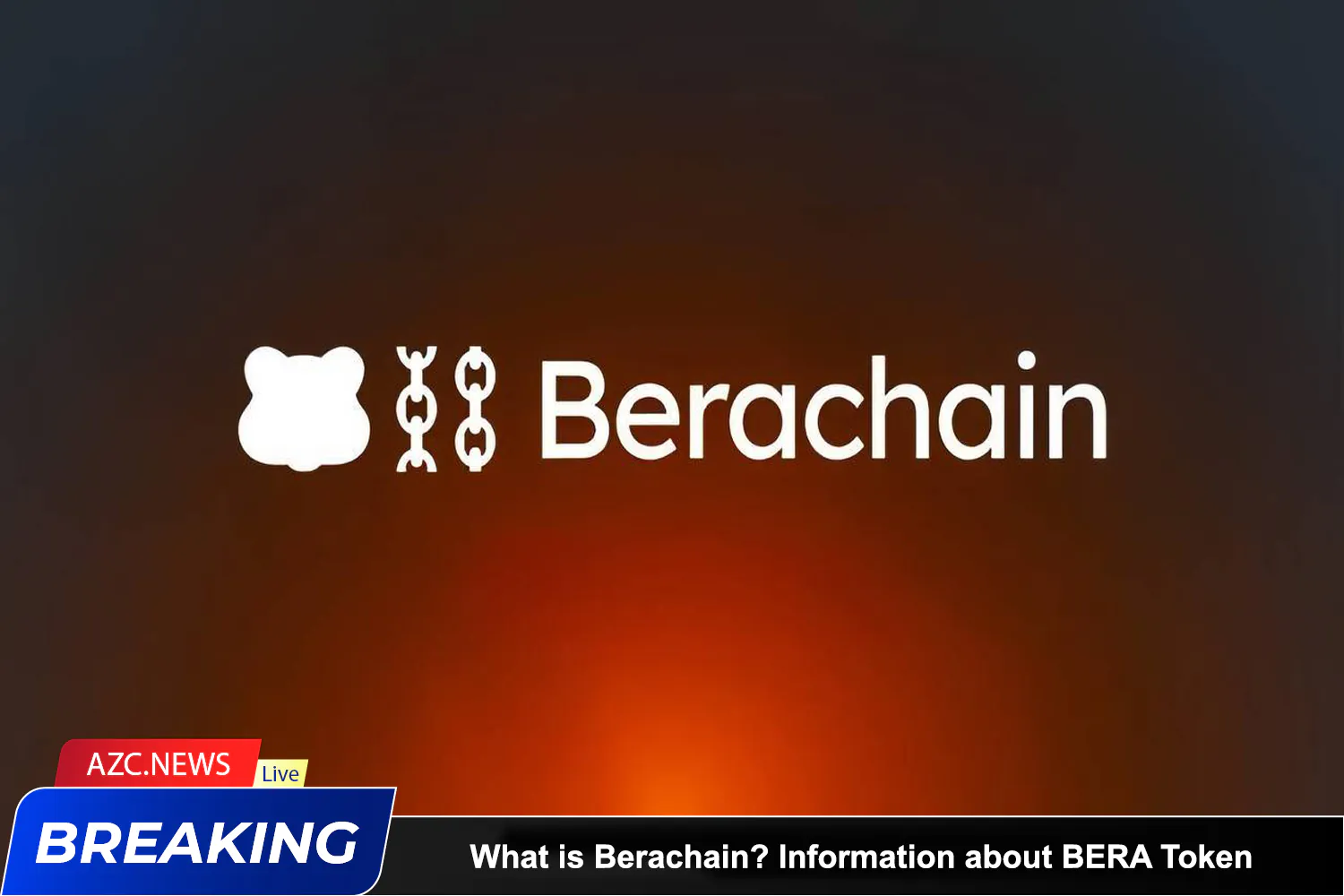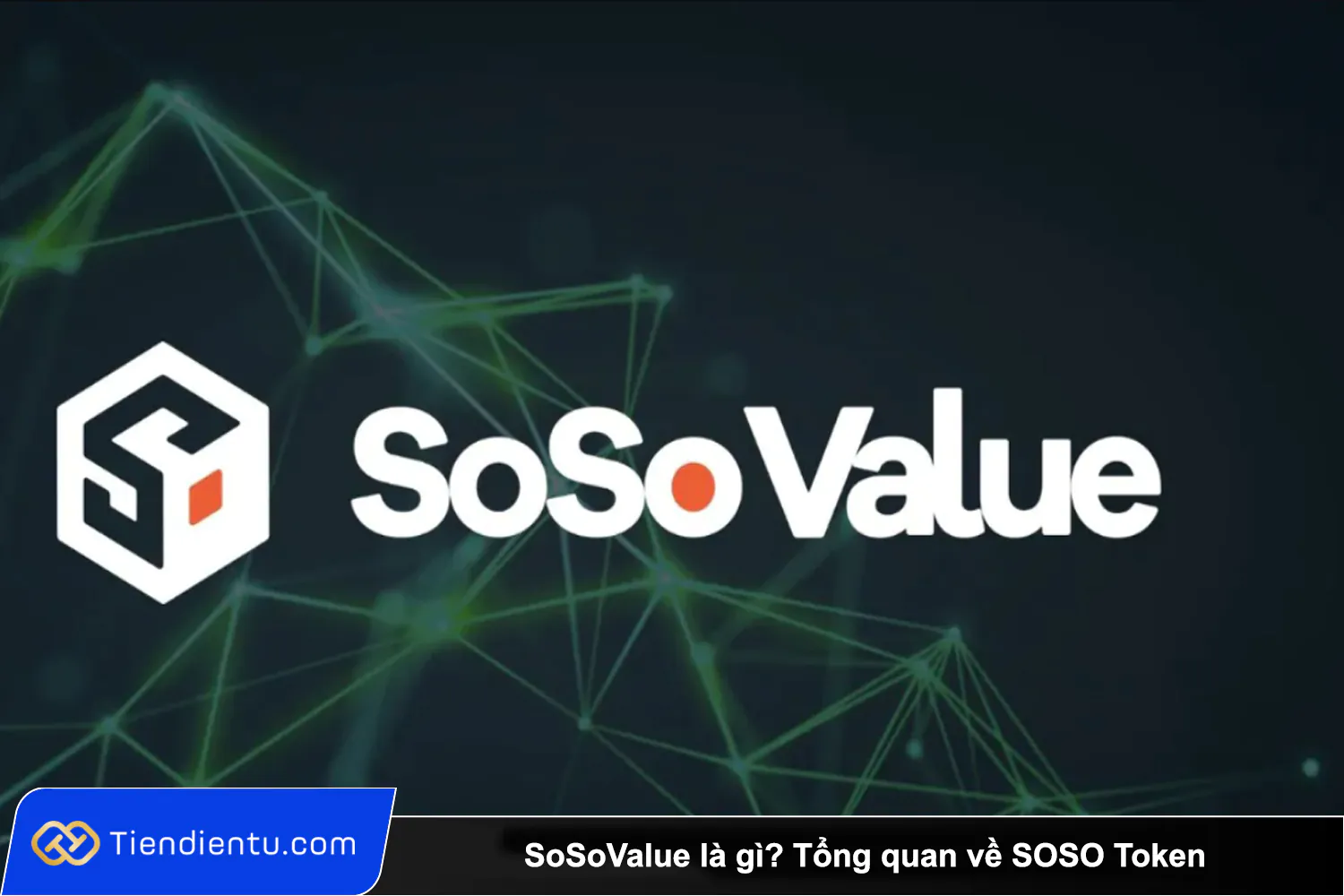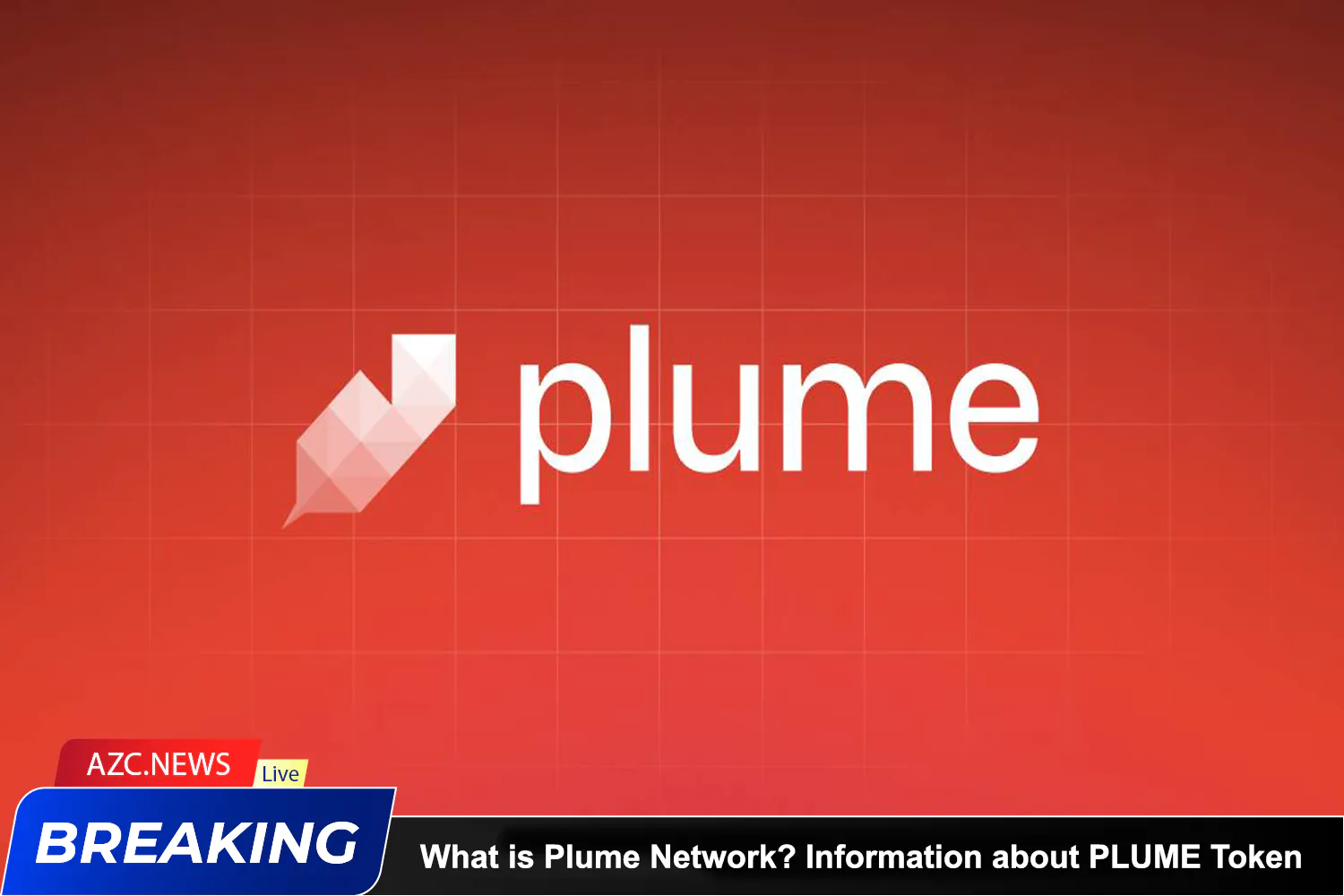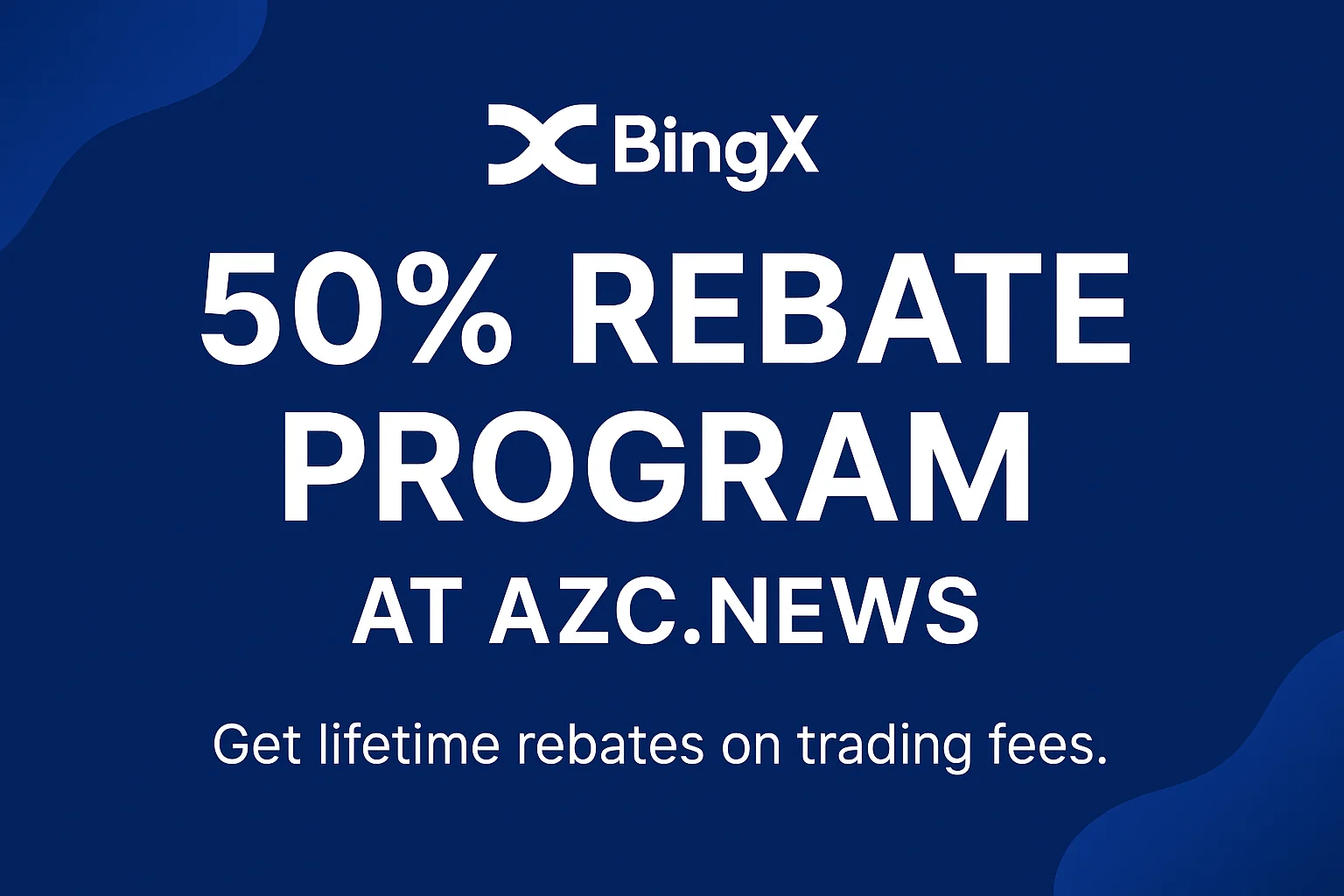The Next Big Trend in Cryptocurrency
Real-World Assets (RWAs) are gaining substantial attention in the realm of blockchain applications. RWAs encompass tangible assets rooted in the physical world, including real estate, commodities, and stocks. Historically, centralized entities like banks or financial institutions have held and managed these assets.
However, the rise of blockchain technology has prompted developers to explore decentralized networks as a means to facilitate more efficient trading and investment in RWAs.
The Significance of Real-World Assets in Blockchain and DeFi
DeFi has emerged as one of the most promising applications of blockchain technology, employing smart contracts to enable peer-to-peer financial transactions, circumventing the need for intermediaries.
A significant challenge facing DeFi has been the limited integration of real-world assets, as most DeFi platforms support only cryptocurrency trading, such as Bitcoin or Ethereum. The incorporation of RWAs into DeFi opens up a world of new possibilities.
The scalability of the DeFi ecosystem has faced hurdles due to the yield generation mechanism being effective primarily during price upswings. As evidenced by the decline in total value locked (TVL) in DeFi protocols from nearly $180 billion to around $50 billion since the market peak, the current yield model appears unsustainable.
A potential solution to the issue of sustainable income in DeFi has emerged through protocols that enable yield generation from real-world assets (RWAs).
While numerous protocols have aimed to tokenize RWAs, only a select few have effectively leveraged this technology to grant investors access to the world’s largest financial credit markets in both DeFi and traditional finance.
>>> What is Real World Assets (RWA)? Top 5 Outstanding Projects
Examples of Real-World Assets
RWAs encompass a wide array of financial instruments and physical assets that hold potential as collateral within the DeFi industry. These include cash, real estate, metals, corporate debt, insurance, consumer goods, credit notes, royalties, and more.
The vast majority of global financial value resides in RWAs. For instance, the fixed-income debt market is valued at approximately $127 trillion, the global real estate market boasts a valuation of around $362 trillion, and gold has a market capitalization of approximately $11 trillion.
Despite lending and yield generation activities in traditional finance relying heavily on RWAs, their potential in DeFi remains largely untapped. Realizing the value of RWAs and the off-chain financial system is critical for sustainable DeFi yield models’ success.
Goldfinch serves as an example of a decentralized credit protocol with the primary aim of shifting credit-related activities to the blockchain. This migration enhances capital accessibility and promotes financial inclusivity by enabling crypto lending without requiring borrowers to collateralize their crypto assets.
This innovation grants cryptocurrency capital access to a broader global population, as compared to other decentralized crypto lending platforms that necessitate overcollateralization.
Benefits of Real-World Assets on Blockchain
The utilization of RWAs on the blockchain offers several advantages. It enhances liquidity for real-world assets, making them more tradable and potentially reducing capital costs for businesses while allowing retail investors to participate.
Furthermore, transparent ownership on decentralized networks eliminates concerns of fraud. Additionally, the incorporation of RWAs in DeFi can significantly reduce transaction costs and foster the creation of new financial products, enhancing financial inclusion across various communities.
Challenges of Real-World Assets on Blockchain
Despite the promise of RWAs in DeFi, there are notable challenges to overcome. Integrating these assets into blockchain networks necessitates specialized infrastructure, including data oracles and legal frameworks.
Some RWAs may require regulatory approvals for tokenization on blockchain, introducing potential complexity. Enforcing regulatory compliance, especially in multi-jurisdictional scenarios, remains a concern.
Conclusion
Real-world assets present a substantial opportunity for blockchain technology to unlock new use cases, enabling more efficient trading and investment. While challenges exist, such as infrastructure development and regulatory compliance, it is evident that RWAs will continue to play a pivotal role in the future of finance.

